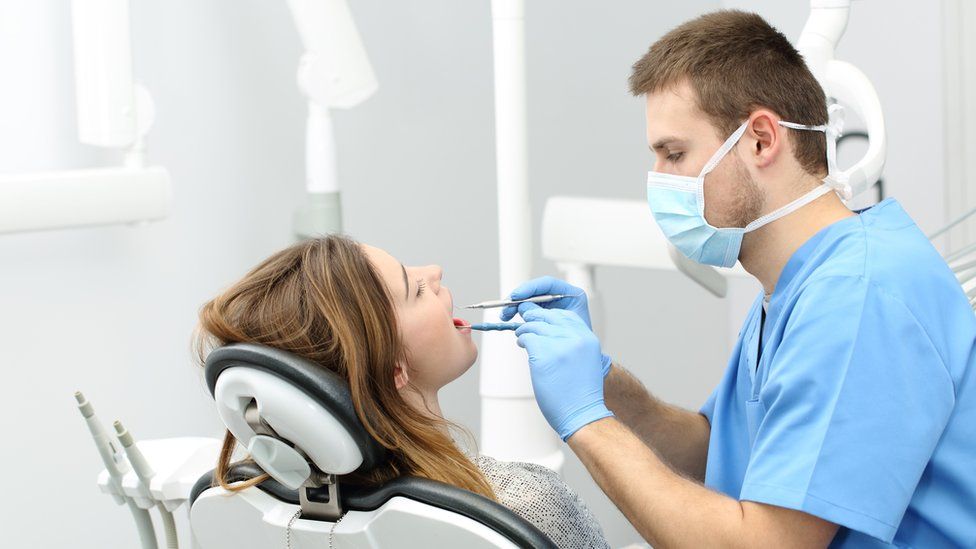In the ever-evolving landscape of healthcare, general dentistry stands as a vanguard of innovation, continually pushing the boundaries to revolutionize smiles and oral health. The amalgamation of cutting-edge techniques and technological advancements has ushered in a new era where traditional dental practices are undergoing transformative changes. One of the notable breakthroughs lies in the realm of diagnostic imaging. High-resolution 3D imaging, such as cone-beam computed tomography CBCT, has revolutionized the precision with which dentists can assess dental structures. This not only enhances diagnostic accuracy but also allows for meticulous treatment planning, especially in complex cases such as implant placements or orthodontic interventions. Moreover, the advent of laser technology has ushered in a gentler and more precise approach to various dental procedures. Lasers find application in soft and hard tissue surgeries, offering minimally invasive alternatives to traditional methods. The precision of lasers reduces discomfort, minimizes bleeding, and accelerates the healing process, providing patients with a more comfortable and efficient dental experience.

This innovation is particularly impactful in periodontal treatments, where laser therapy can effectively address gum diseases with greater precision and reduced recovery times. The evolution of materials used in general dentistry has also played a pivotal role in enhancing both aesthetics and functionality. Tooth-colored restorative materials, such as composite resins, now seamlessly blend with natural teeth, erasing the demarcation between restoration and original structure. These materials not only offer superior aesthetic general dentist outcomes but also exhibit durability and resilience, ensuring a longer lifespan for dental restorations. Furthermore, advancements in adhesive dentistry have strengthened the bond between natural tooth structure and restorative materials, contributing to the overall success and longevity of dental treatments. Digital dentistry has emerged as a game-changer in streamlining various aspects of dental care. From digital impressions that replace traditional molds to computer-aided design and manufacturing CAD/CAM for creating crowns and bridges, the digital landscape enhances accuracy, efficiency, and the overall patient experience.
The integration of intraoral scanners and 3D printers facilitates the creation of custom-fitted restorations with unprecedented precision, reducing chair time and enhancing the patient’s journey. Patient education and engagement have also witnessed a transformative shift with the advent of virtual reality VR and augmented reality AR technologies. These immersive technologies allow dentists to visually explain procedures, treatment plans, and oral health conditions to patients in a more accessible and comprehensible manner. This not only fosters a deeper understanding of oral health but also empowers patients to actively participate in their treatment decisions. In conclusion, the landscape of general dentistry is undergoing a profound transformation, driven by a convergence of technological, material, and procedural innovations. From diagnostic precision to minimally invasive procedures and enhanced patient engagement, these advances collectively contribute to revolutionizing smiles and elevating the standard of care in dentistry. As the field continues to embrace these groundbreaking changes, the future promises a more comfortable, efficient, and aesthetically pleasing dental experience for patients worldwide.

